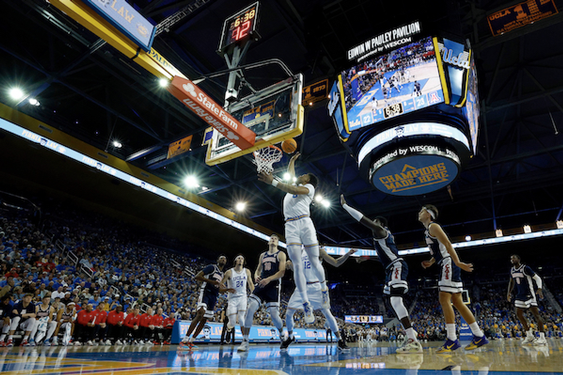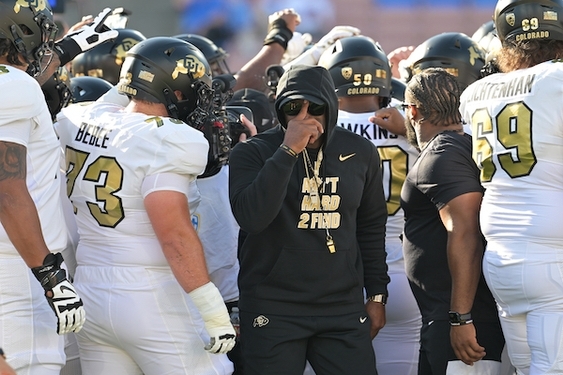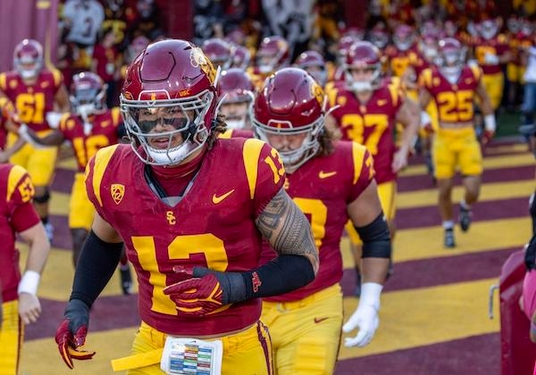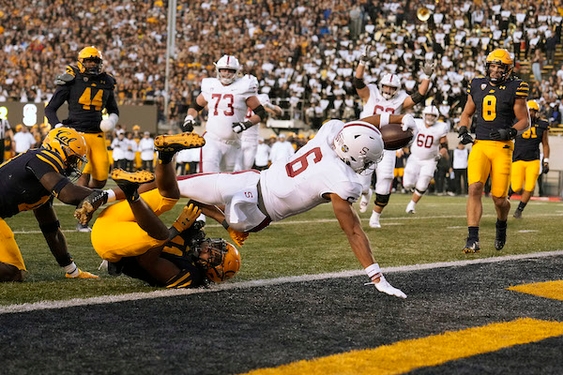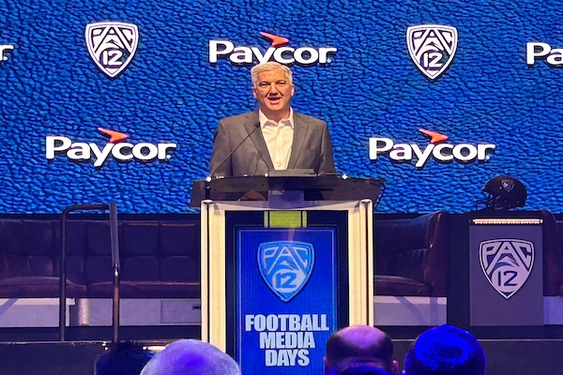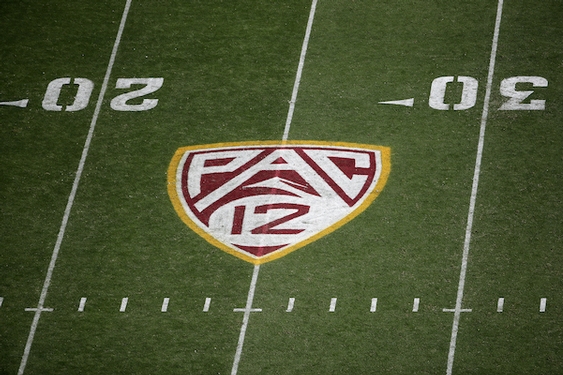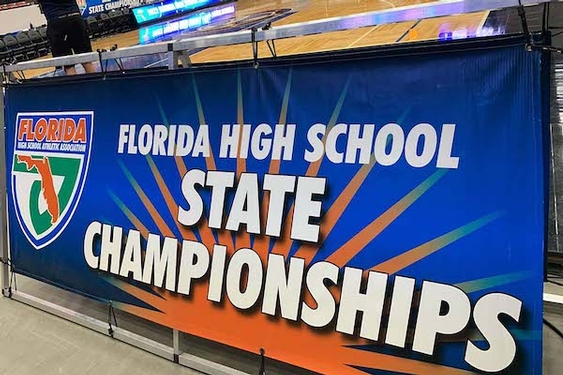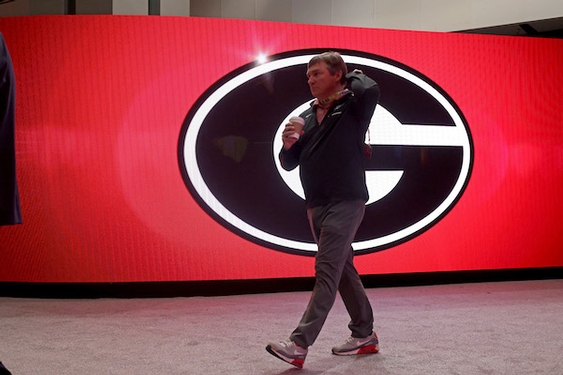It is, as coaches everywhere ought to know by now, a recipe for disaster.
Take a healthy serving of drill sergeant, add a dollop of obsession, a tablespoon of frustration, a large portion of pressure, and combine it all with omnipresent video technology. Uncover the mixture for public consumption, then bake it intensely in the media.
The resulting concoction, as the sports world witnessed once again last week at Rutgers, is something few coaches can survive.
Mike Rice's homophobic harangues and apparent penchant for physical abuse cost the Rutgers basketball coach his job this week after videotape of the incidents was shown on ESPN. Within two days of his resignation, the scandal also had claimed the jobs of an assistant and the school's athletic director.
The Rutgers case was just the latest example of how old-school coaching philosophies and 21st-century technology can be an extremely volatile mix. And, at least one sports psychologist contended, this won't be the last time a coach's harsh methods are exposed.
"There might be a few video coordinators around the country burning video right now," Greg Dale, the director of sports psychology and leadership for Duke athletics, said Friday. "I wouldn't be surprised if that sort of thing were going on at other places."
In the past, legendary coaches like Woody Hayes and Bob Knight channeled their inner-Gen. Pattons -and in the process produced sensational results. A prevailing philosophy was that boot-camp-style bullying created successful teams.
"When Woody Hayes hit his players, no one reported it," said Murray Sperber, a college sports gadfly and a professor emeritus at Indiana University who was an early critic of Knight's. "But when Hayes hit Charlie Bauman of Clemson in a nationally televised bowl game, it was news. Likewise, when Knight hit his players, no one reported on it until, finally, a tape emerged of him choking Neil Reed."
Those kind of tactics seemed to be tolerated as long as they weren't observed. All that changed, however, when the nation saw Hayes strike Bauman in the throat during the 1978 Gator Bowl.
The legendary coach, despite all the accomplishments he'd managed in 28 seasons at Ohio State, was fired shortly afterward.
When a best-selling 1986 book, "A Season on the Brink, detailed the physical methods and browbeating Knight employed as Indiana's basketball coach, little was done. But in 2000, when a 1997 videotape of him with his hands around Reed's neck surfaced, Indiana president Myles Brand declared a zero-tolerance policy regarding Knight.
That same year, after an Indiana freshman reported that the coach, believing he'd been disrespected, grabbed him forcibly, Brand asked for his resignation. Knight refused and was fired.
"In this Internet age," Sperber said, "it's doubtful that many coaches will use such 'coaching techniques' again. And that's a step forward ... particularly for the players."
But as well-publicized as it was, Knight's fall didn't end the incidents, something many attribute to the now nearly universal trend of videotaping practices as well as games.
In 2011, at Philadelphia's Holy Family College, basketball coach John O'Connor was seen on a video knocking a player to the ground during a practice session.
Once that image got wide exposure on national newscasts, O'Connor, who is now an assistant at Lafayette, was forced to resign.
Two years earlier, Texas Tech football coach Mike Leach was suspended and eventually fired amid reports that he had cruelly punished a player with a concussion.
Dale said incidents like those don't happen in a vacuum. Most of those coaches, he said, likely were taught with the same techniques.
"Coaches at that level tend to coach the way they were coached," Dale said. "Somebody has to tell them there's a line you don't cross, and that line is pretty clear."
As the Rice video again displayed, many coaches have been slow to alter their habits. Players, on the other hand, appear to have evolved more rapidly.
Contemporary college athletes are more willing to look beyond the once-sacrosanct rule that "what happens in the locker room stays in the locker room," Dale said.
"The coaches who employ these kind of tactics have to be very careful that they recruit kids who can deal with that and put up with that," said Dale.
So what will the coaching future look like? Will the authoritarian nature of the coach-player relationship be replaced by something more benign?
"I'm not saying you can't be tough on kids," said Dale. "You can be tough and demand excellence. But kids want to be treated with respect, and I think they demand that a little bit more now."
(c)2013 The Philadelphia Inquirer
Distributed by MCT Information Services




